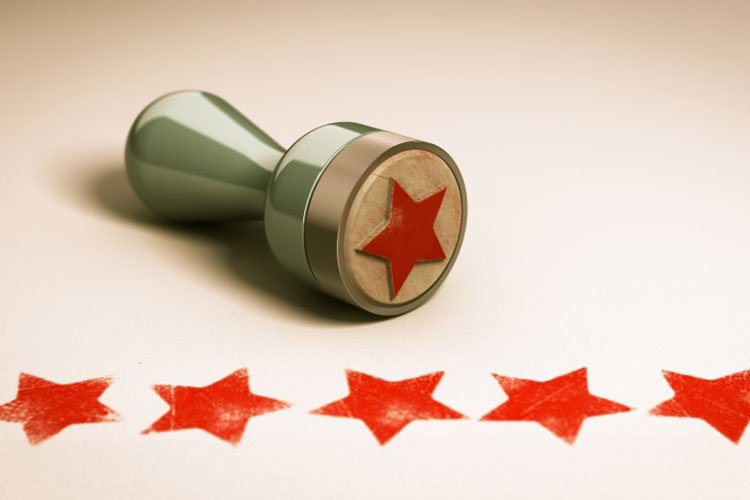Before we address where a star product is in a business, it’s important to perhaps revisit the business fundamental of knowing the difference between an asset and a liability1. Put simply, a liability is an item we pay for, in order to acquire or maintain it. An asset on the other hand, is an item we also acquire and pay for, but the amount we pay into it, is an invested amount, because the item actually gives back to the business by way of dividends or an income. In this paper we use this style of understanding of this principle to identify and build on our assets.
Star Products. What are they are and how do you know if you have one in your business? A Star Product is the single product &/or service that yields the most profit for the business, the sales team are well versed in delivering it to customers, and the competition/market forces are unlikely to hinder the business in continuing to deliver it. One of the golden rules to marketing in a small business according to author Jay Conrad Levinson in Guerrilla Marketing is to “design your business to operate for the convenience of your customers, and make it very easy [for customers] to do business with you.”2 Star products support this golden rule by being accessible to customers and the business who deliver them, have reconfigured themselves to keep delivering them into the market.
In order to find a Star Product in a business, the first step is to literally list every single product &/or service that a business provides to its customers and sell to its target market. Of that group, place two financial dollar figures next to each of them. The first figure represents the cost of running those products in the last 6-12 months. The next figure is how much revenue it generated in the same period.
It will soon become apparent that there are products in the business suite that act as a “value-add”. That is, those products &/or services that provide little to no revenue. This is a positive marketing strategy that shouldn’t be disregarded because a business delivers value-adds to customers in addition to its core services as a deliberate strategy to secure loyal customers.
However, in this instance, we are only concerned about identifying products that provide the highest amount of profit after costs have been deducted. It’s those products &/or services where the end result is - for every dollar the business spends on delivery/production, two dollars are returned back into the business3 - then, using that return as a basis for long term growth. Listing out the products &/or services can illustrate where (and if) a healthy return is occurring in the business at the present time.
Once a list with all figures have been completed, it will provide the business with perhaps two or three products &/services (or even a singular stand out one already). At this stage, it is best to ascertain how easy it is to compete, win, and continue to provide the two or three products &/or services left on the list. The market may reveal that one of those products &/or services has few competitors and does not need to jockey for position. In which case, you have found your Star Product.
For those businesses where it is more competitive, or businesses who are in intensely saturated markets already, it may be helpful to use a simplified test using Michael Porter’s 5 Forces4. Apply this set of questions to each of the remaining products &/or services from the final items on the Star Product search list:
1. How easy is it for a new competitor to arrive in the market?
2. Does the buyer/customer have major power to bargain?
3. Does the business have major power to influence the cost of materials and supplies?
4. Is the business product &/or service easily replaceable (if so, when)?
5. How much rivalry is there with your competition?
At this stage, it is more than likely that a product &/or service has emerged as victorious. This means that this product &/or service is not very easy for competitors beat; the customer isn’t overwhelmingly powerful in their buying power; the business has the ability to reduce supplier costs to create greater margins; it is unlikely to be superseded by a substitute, and finally and the business has the fewest amount of competitors who could offer something similar to customers. This Star Product is now ready to be treated as a key business asset.
References:
1 Kiyosaki, R. T. 1997. Rich Dad Poor Dad. TechPress Inc. Arizona. USA
2 Levinson, J. C., 1993. (p26) Guerrilla Marketing Excellence. Houghton Mifflin Company. Boston, New York. USA
3 https://www.linkedin.com/pulse/marketing-theory-spend-1-advertising-make-2-10-isaac-trevino-
4 https://rapidbi.com/porterfiveforces/
Comments are closed.


